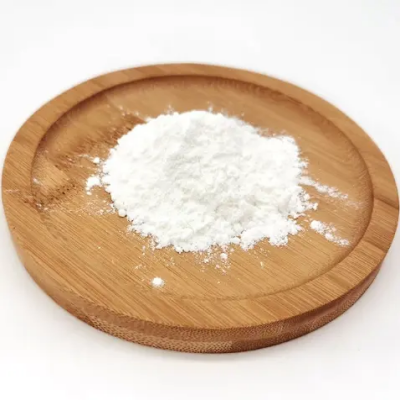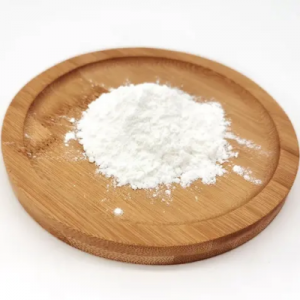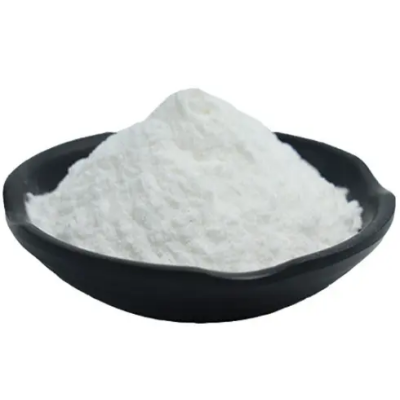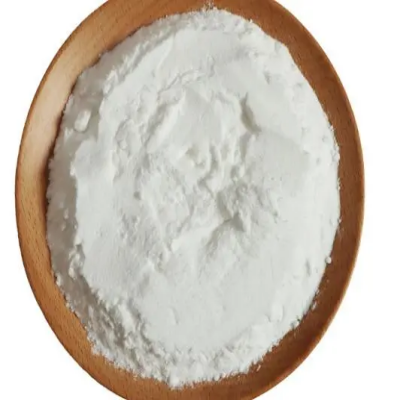Dichlorobis(di-tert-butylphenylphosphine)palladium(II)CAS:34409-44-4
The compound is primarily utilized as a catalyst in organic chemistry, specifically in the realm of homogeneous catalysis. PdCl2(dtbpp)2 is employed in a variety of palladium-catalyzed reactions, including cross-coupling reactions, hydrogenation, and other transformations. The dtbpp ligands play a crucial role in stabilizing the palladium center and influencing the reactivity and selectivity of the catalyst. This complex is valued for its ability to facilitate the formation of carbon-carbon and carbon-heteroatom bonds, making it an indispensable tool in the synthesis of pharmaceuticals, agrochemicals, and other fine chemicals. Additionally, PdCl2(dtbpp)2 finds applications in the preparation of functional materials and the development of advanced catalytic systems. Its role in promoting efficient and selective chemical reactions contributes to the development of sustainable synthetic routes and the production of valuable compounds. Furthermore, this complex serves as a valuable model system for studying the reactivity of palladium catalysts and the mechanisms of palladium-catalyzed transformations, furthering our understanding of organometallic chemistry and catalysis. In summary, Dichlorobis(di-tert-butylphenylphosphine)palladium(II) is a versatile and widely utilized catalyst in organic synthesis and materials science. Its ability to mediate a diverse array of chemical reactions and its significance in the development of valuable compounds and materials make it an essential component in modern chemical research and manufacturing processes.



| Composition | C28H46Cl2P2Pd |
| Assay | 99% |
| Appearance | White power |
| CAS No. | 34409-44-4 |
| Packing | Small and bulk |
| Shelf Life | 2 years |
| Storage | Store in cool and dry area |
| Certification | ISO. |









